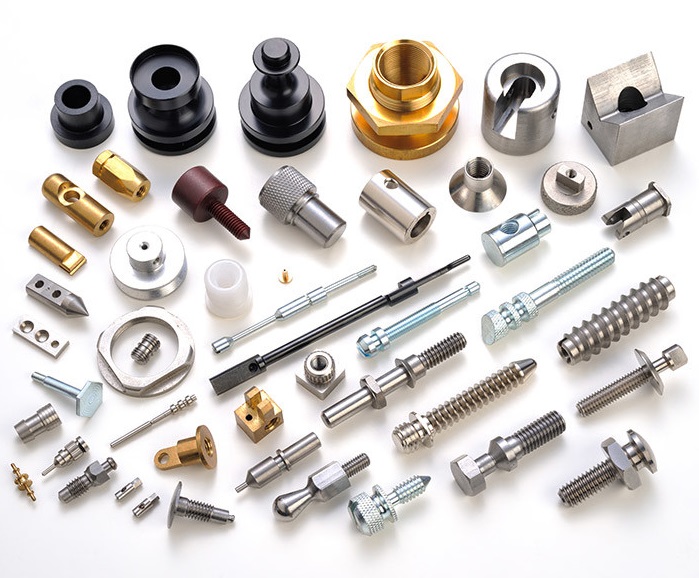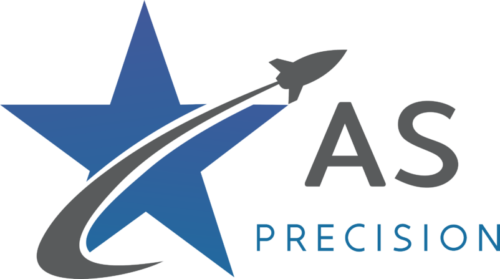Rapid prototyping is a manufacturing process that can be used to create a prototype of an object by cutting it from a 3D model. The process allows engineers to create rapid prototypes of new products and later expand them into full production. This article discusses the benefits of CNC rapid prototyping as well as the different types of machines that can be used for this manufacturing process.

What is CNC Rapid Prototyping?
CNC rapid prototyping is a manufacturing process that can be used to reduce costs and inspect dimensional accuracy. CNC rapid prototyping works by creating a digital model of a part or product using a computer-controlled machining tool. This process allows for the rapid creation of prototypes and variations, which can be used to test and refine product designs.
Types of CNC Rapid Prototyping
There are many different types of CNC rapid prototyping processes. The most common process is additive manufacturing, which uses a printer to layer materials on top of each other to create a product. Subtractive manufacturing processes remove material from a 3D model to create a final product. Rapid prototyping using laser sintering is a hybrid process that combines both additive and subtractive manufacturing techniques.
The Benefits of Using CNC Rapid Prototyping
- Reduced time and costs – Using CNC rapid prototyping methods allows for products to be created quickly and at lower costs than traditional methods. This reduces the amount of time needed to create a product, as well as the cost of materials used in the production process.
- Improved dimensional accuracy – With CNC rapid prototyping, products can be created with more accuracy than traditional methods. This means that minor changes to the design won’t result
Conclusion
Manufacturing processes are complex and require a high degree of dimensional accuracy. CNC rapid prototyping can help reduce the costs and time needed to achieve this level of precision, by creating 3D models of parts that can be inspected for errors in dimensions. By using rapid prototyping technology in conjunction with other manufacturing processes, you can ensure that your products are delivered on time, accurately, and at a lower cost.
